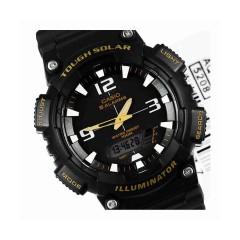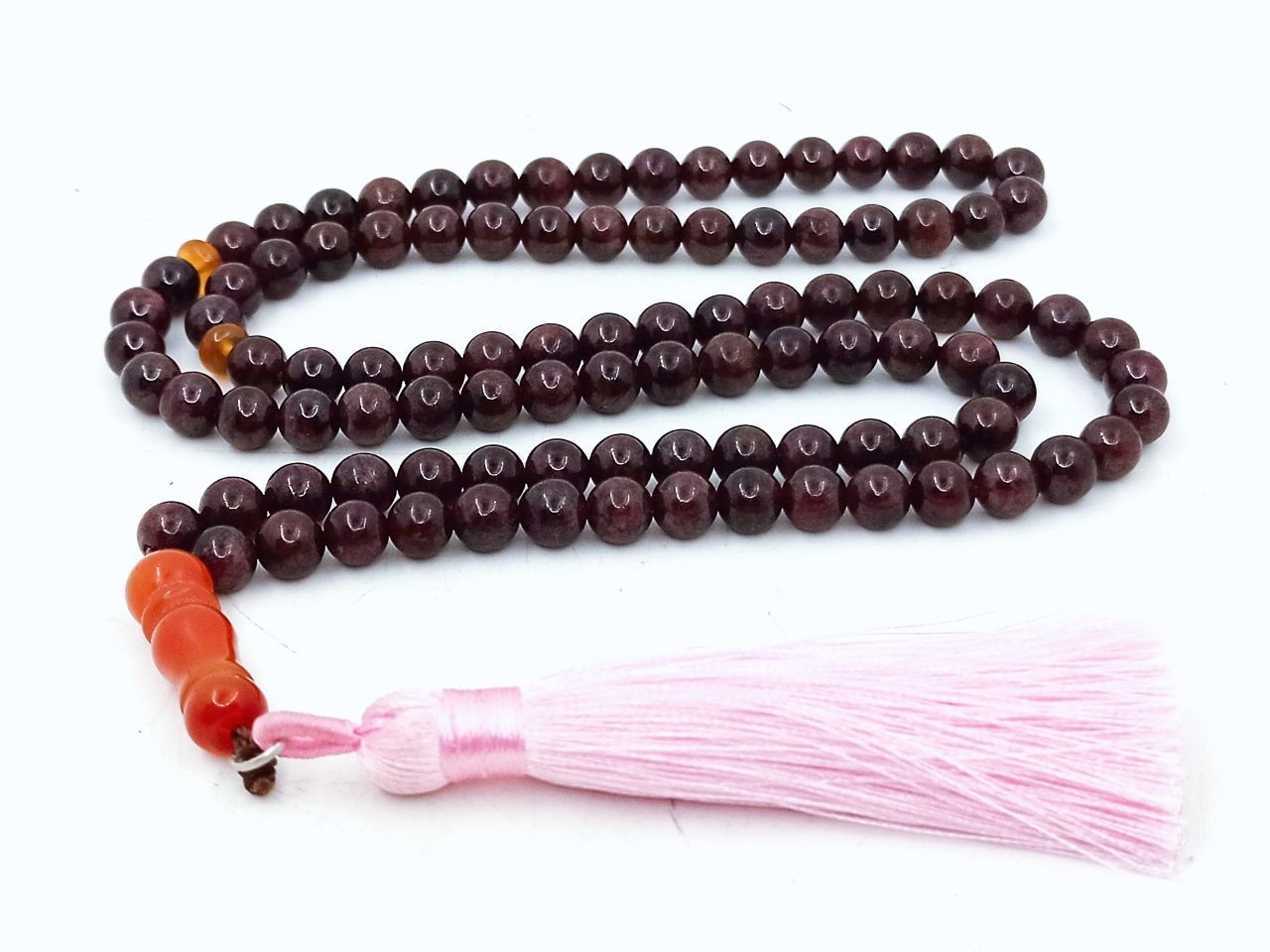Tourmaline stone belongs to a group of minerals that in itself include a number of distinct individual species, whose basic chemical formula is "XY3Z6 (T6O18) (BO3) 3V3W". As you can see the complexity of the form of this stone chemically and its composition of a variety of elements, but at the same time the main reason behind the acquisition of tourmaline characteristics and distinctive value.
Tourmaline stones within the pagmatite rocks are made up of deep gaps filled with magma beneath the surface of the earth. The magma contains minerals and various elements that lose their temperature and cool over time until they crystallize and form tourmaline crystals. Tourmaline stones of all kinds share the same structural structure, but the elements involved in stone composition vary according to species. In addition, during the discovery of these stones, the presence of granite or Shist rocks "transformed from igneous rocks" and marble around, which explains the presence of impurities of those elements.
Tourmaline stones in the jewelry industry
What Tourmaline Stone made its way into the commercial gemstone industry in 1876 when George Kunz sold a green tourmaline gem to Tiffany's famous partners. In the ensuing years, tourmaline stones gained popularity as precious stones. The spread of these stones also helped the beliefs that emerged about their metaphysical properties, making them a favorite of those who believed in those things and metaphysical practitioners.
Besides, tourmaline combines two important features, namely the availability of some of its relative types in addition to its attractive and distinctive appearance.
Tourmalines can be found on every continent on the planet, but in spite of that the stones of good quality are very rare and characterized by high prices.
Although there are 30 different types of Tourmaline stones, only 3 species are traded in the market because of their relative availability compared to other species that are rarely found.
There are three main types Tourmaline stones are used in the jewelry industry for their availability. They are the Dravite, the Schorl stone and the Elbaite stone.
Characteristics of tourmaline stones
First: Schorl Stone This type is characterized by its color in black to dark brown.Second: Dravitt: ranging between brown and dark yellow. Third: Albait: It is one of the most common types and colors vary between red, blue, green and transparent.
As for the colors of the types of Tourmaline other stones are present in a wide range of colors in nature, due to the diversity of elements in the composition and its contents. These are black, bluish black, dark brown, yellow, medium brown, blue and blue, lime green, dark green, red, purple reddish, yellow, pink, and colorless. In addition to pink, red, green, blue and multicolored colors are the most famous and popular colors of Tourmaline.
Tourmaline stones are fairly common in many countries of the world including Africa, Afghanistan, Africa, Australia, Brazil, Kenya, Madagascar, Mozambique, Nigeria, Pakistan, Siberia, Sri Lanka, Tanzania, the United States of America and Zimbabwe.
Beliefs about tourmaline stone
For many centuries, many cultures differed on the virtues, values and qualities that the Tourmaline Stone may bring and achieve. It ranged from the belief in its ability to bring positive energy to its spread and even to cure some diseases.
The tomalin stone is one of the most commonly used gemstones in metaphysical use. According to beliefs in this field, it contains a wide range of different patterns and energy spectra.
Tourmaline stone is also the birthstone of October and was adopted by the American National Society of Precious Stones in 1912. In addition, it symbolizes the eighth anniversary of married couples. If you have spent eight years of your marriage, tourmaline stone is the right stone as a gift for this anniversary according to those beliefs.
History and folklore related to tourmaline stone
Ancient legends tell us that tourmaline stones were found in all colors because they traveled along the rainbow, so they collected all their wonderful colors and acquired them for themselves.
The name Tourmaline comes from the term "turmali" Sinhalese, a name that was called on all colored crystals in Sri Lanka at that time.
Interestingly, prior to the development of methods of detecting the types of modern gemstones was called the stone tourmaline called the stone of the whole because of the inability of the old jewelers to differentiate between some types of Tourmaline stones and other stones as it was believed that red tourmaline and pink of red rubies. But as time went on, jewelers realized there was a difference between them because pink tourmaline stones were darker than rubies.
The Chinese used tourmaline stones for centuries to sculpt and engrave the figures. Some of these sculptures still exist and are exhibited in museums. This is evidenced by the severity of this stone and its ability to withstand for long periods of time.





